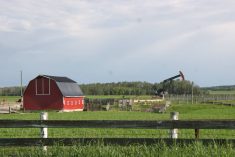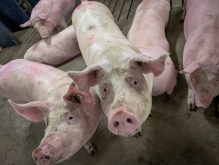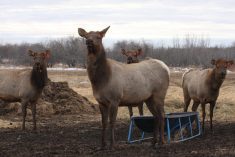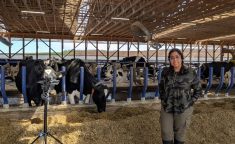san antonio |reuters
The number of cattle stolen from Texas ranches in 2010 rose 15 per cent from the previous year and was three times the figure of three years ago, according to data released April 1.
The Texas and Southwestern Cattle Raisers Association, which employs special investigators to work with lawmen to investigate cattle theft, said the number of cattle stolen in 2010 reached 7,400 head compared with 6,400 the previous year and only 2,400 in 2007.
“We attribute much of that to the economy,” the Association’s Carmen Fenton said.
Read Also
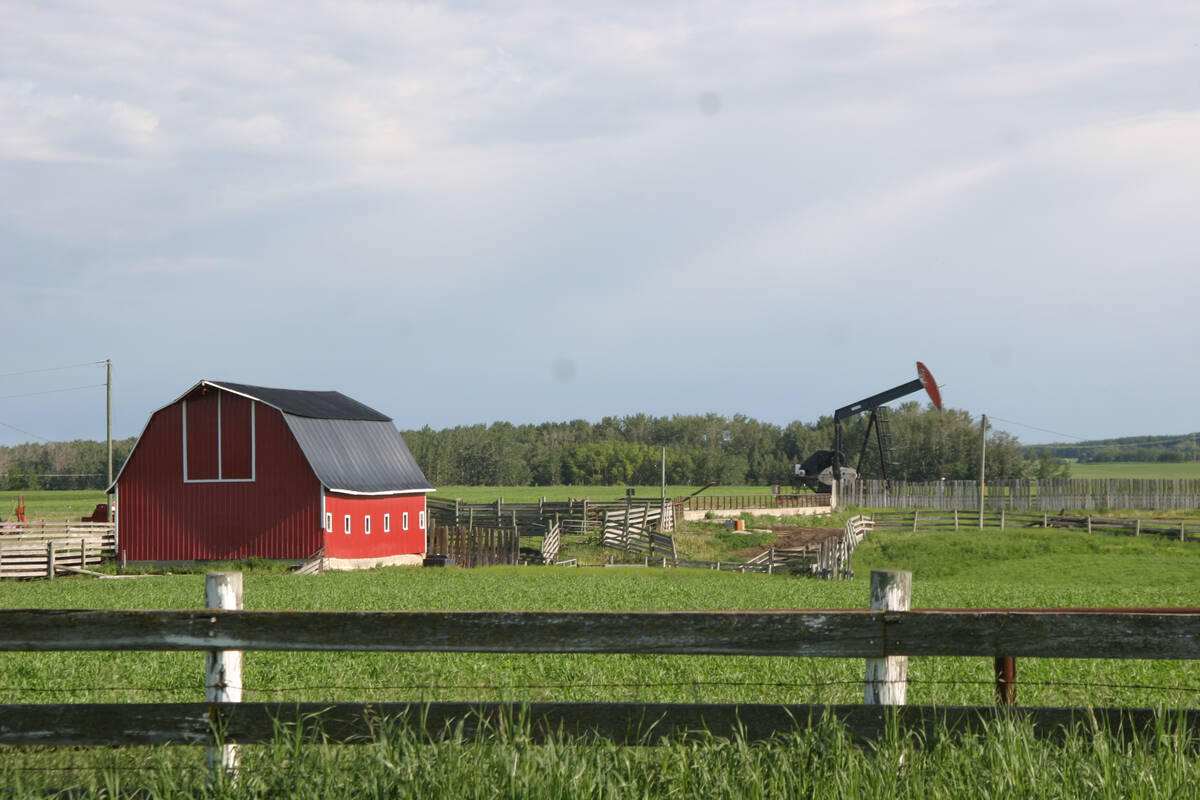
Recommendations in the mature assets strategy could cause potential problems for landholders
The Western Stock Growers’ Association urges producers to pay attention to the potential changes to Alberta’s Mature Assets Strategy.
She says high levels of rural unemployment and poverty lead to more cattle thefts, and she says rustlers have noticed the skyrocketing price of beef.
Prices for live cattle surged by more than 20 per cent during 2010 to around 110 cents per pound by the end of the year, based on Chicago futures market. Prices have continued to rise this year and now stand at more than 120 cents a pound.
Rancher Emil “Sonny” Seewald says stealing cattle can be much more lucrative than other types of theft.
“On the cattle they can get the full market price,” he said. “If they steal a car or the stereo out of your car, they won’t get but 10 cents on the dollar.”
Cattlemen said the wide-open spaces of ranches makes them difficult to patrol, although more cattle ranchers are installing security cameras to keep watch over their herds.
“Its hard to stay there and watch them all, and we have a lot of absentee ranchers,” Seewald said.
Fenton says while some sophisticated rings use helicopters to steal entire herds, most cattle rustling involves one or two head at a time and driving them away in a pickup truck.
One solution to cattle rustling today is the same as it was in the Wild West of the 1880s, branding the cattle with a unique mark with a hot iron.
“They can certainly brand their cattle, that helps for a quick recovery,” she said. “They register that brand with the county.”
If a brand is stolen, the authorities send out a warning to all auction barns and the cattle may be detected if they are sold.
Cattle theft in Texas now is classified as theft and depending on the value of the cattle stolen, the crook can get between two and 20 years in prison.
Foot-and-mouth disease surfaces in China, Bulgaria
China’s northwestern region of Xinjiang has reported an outbreak of foot-and-mouth disease among pigs, which killed 25 hogs and sickened 58, the second outbreak in the region so far in the year, the ministry of agriculture said.
The recent outbreak was less serious than the one reported in February, when 3,941 pigs were culled.
The outbreak in Xinjiang, located far from major breeding areas in the southwest and central provinces, is unlikely to hurt animal feed consumption.
China’s pig breeding industry has recently been hit by a drug-contamination scandal and pig breeders in the country’s major pig province of Henan fed pigs with ractopamine, a lean-meat drug, which was banned in the country.
Meanwhile, Bulgarian veterinary authorities will cull 350 domestic animals after detecting a new outbreak of foot-and-month disease in a remote village near the Turkish border.
The outbreak, Bulgaria’s sixth this year, has affected the southeastern village of Bliznak within a quarantine zone, the Bulgarian Food Safety Agency said.
Bulgaria believes the highly contagious disease has spread from Turkey and has appealed to its southern neighbour to step up efforts to eradicate the virus, which is not harmful to people but is economically damaging to animal breeders.
The European Union country has already culled 980 cattle, pigs, goats and sheep in several villages near the border with Turkey.


